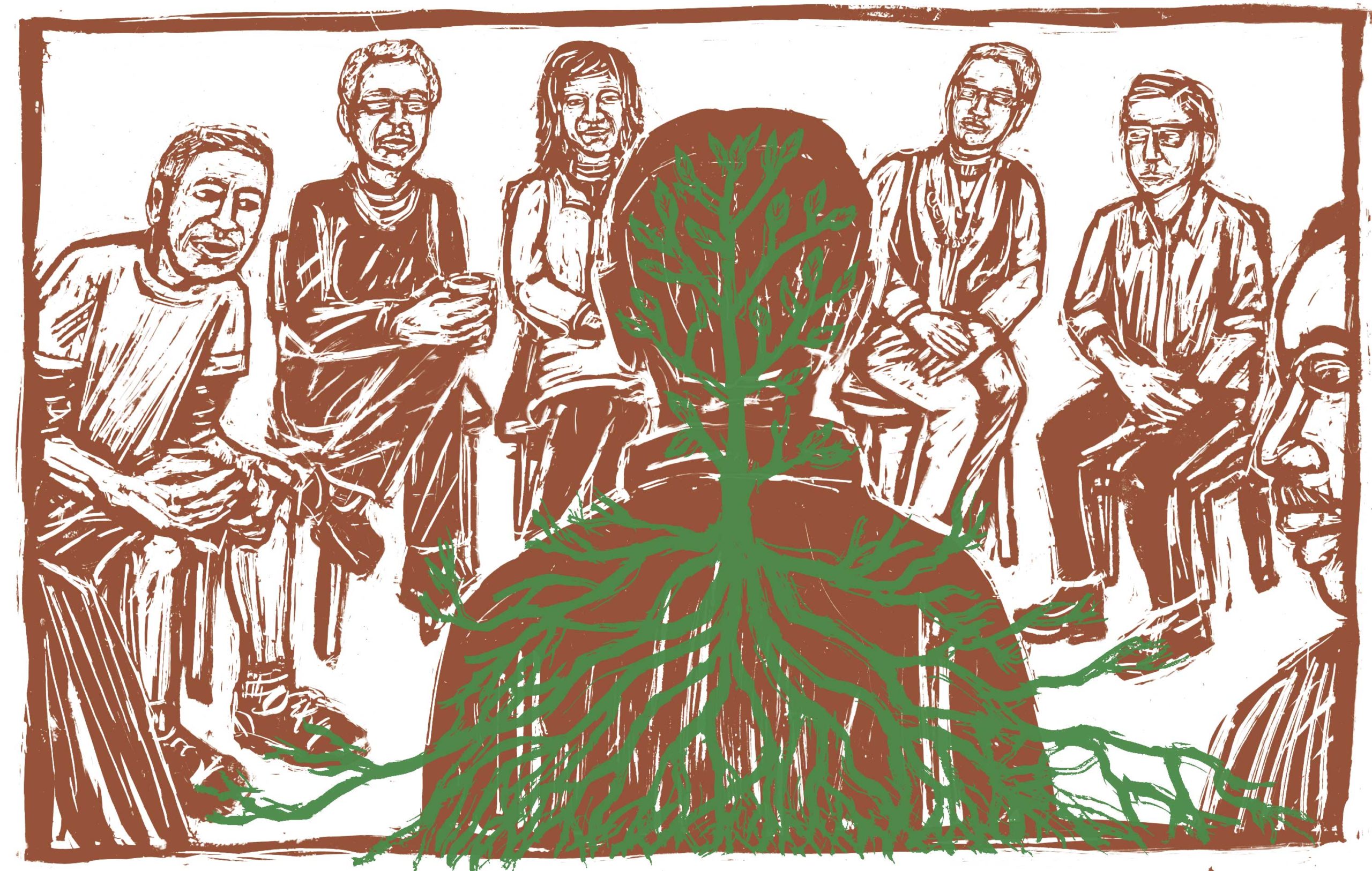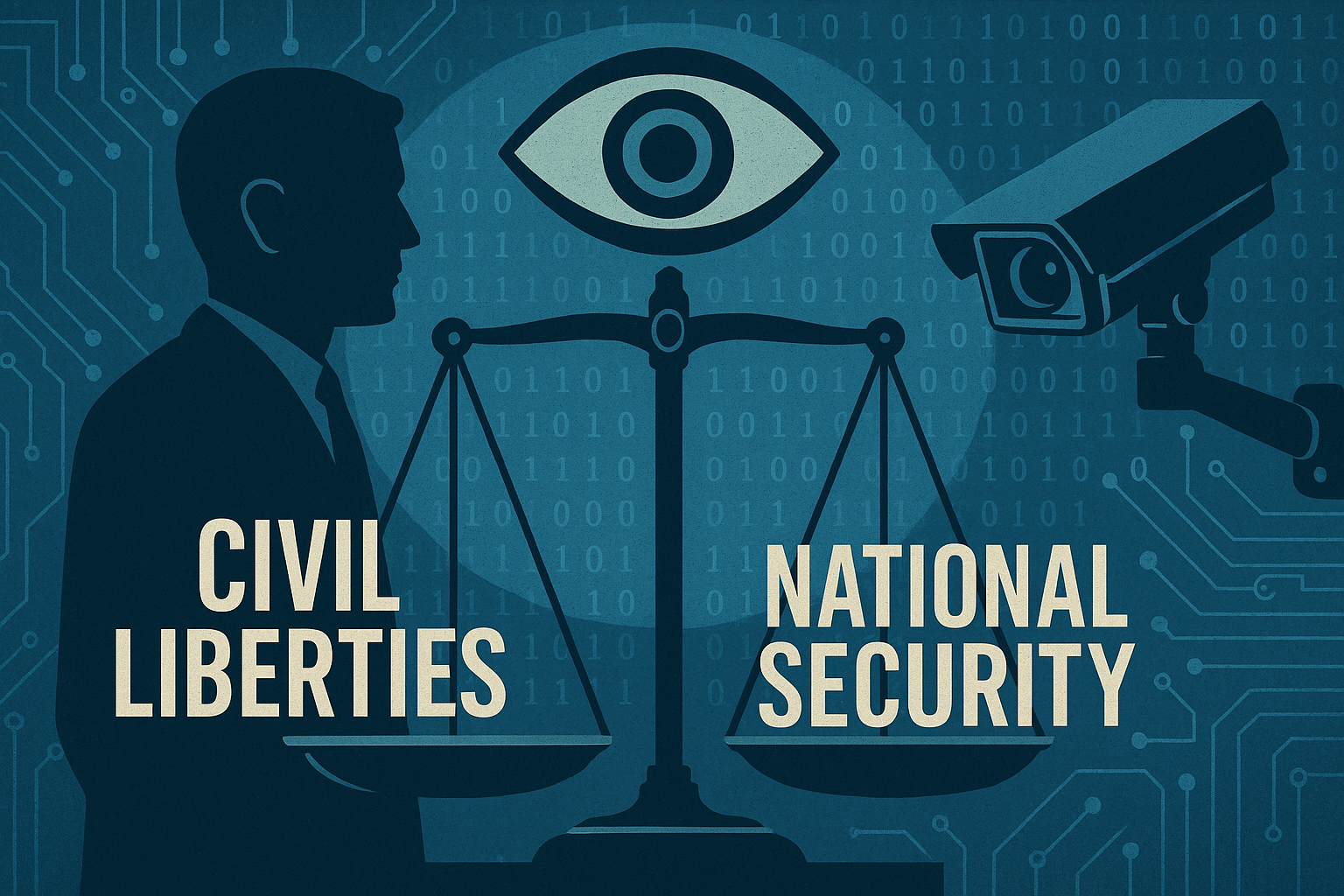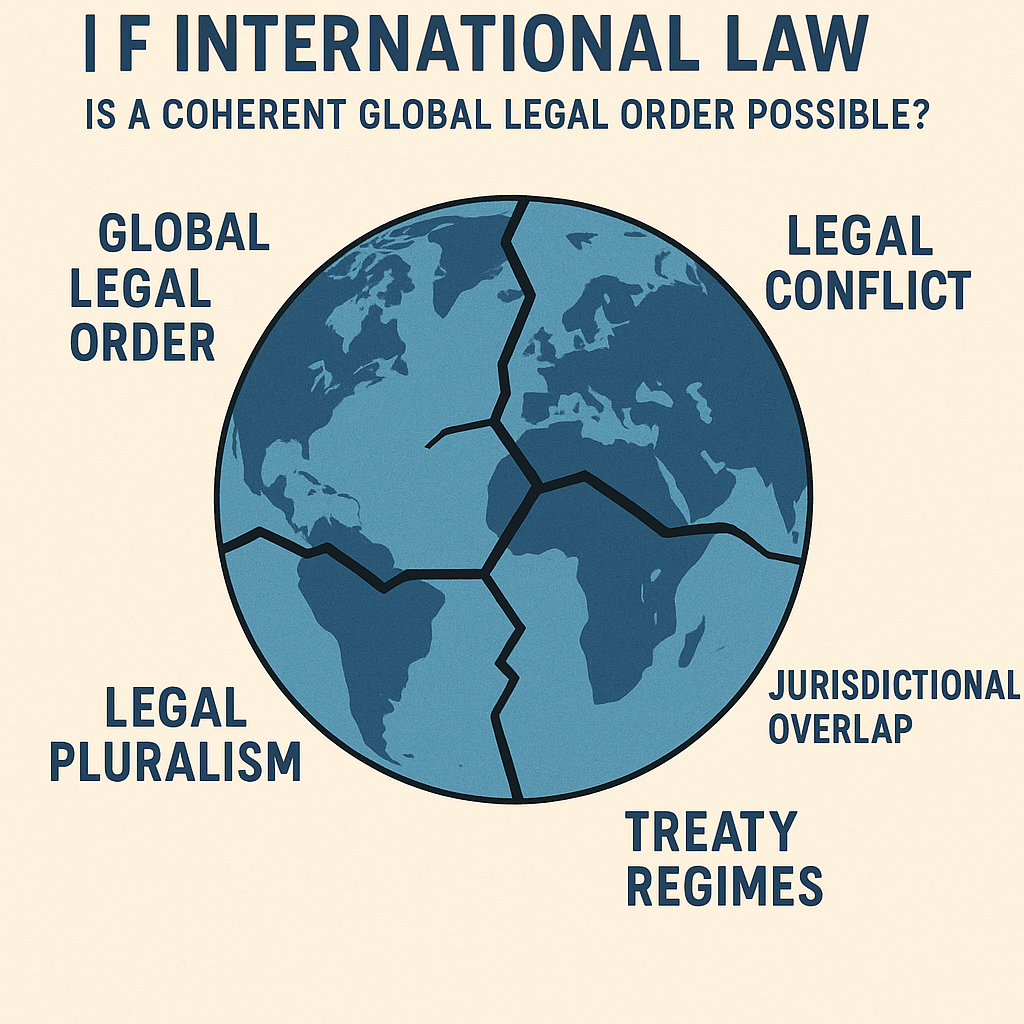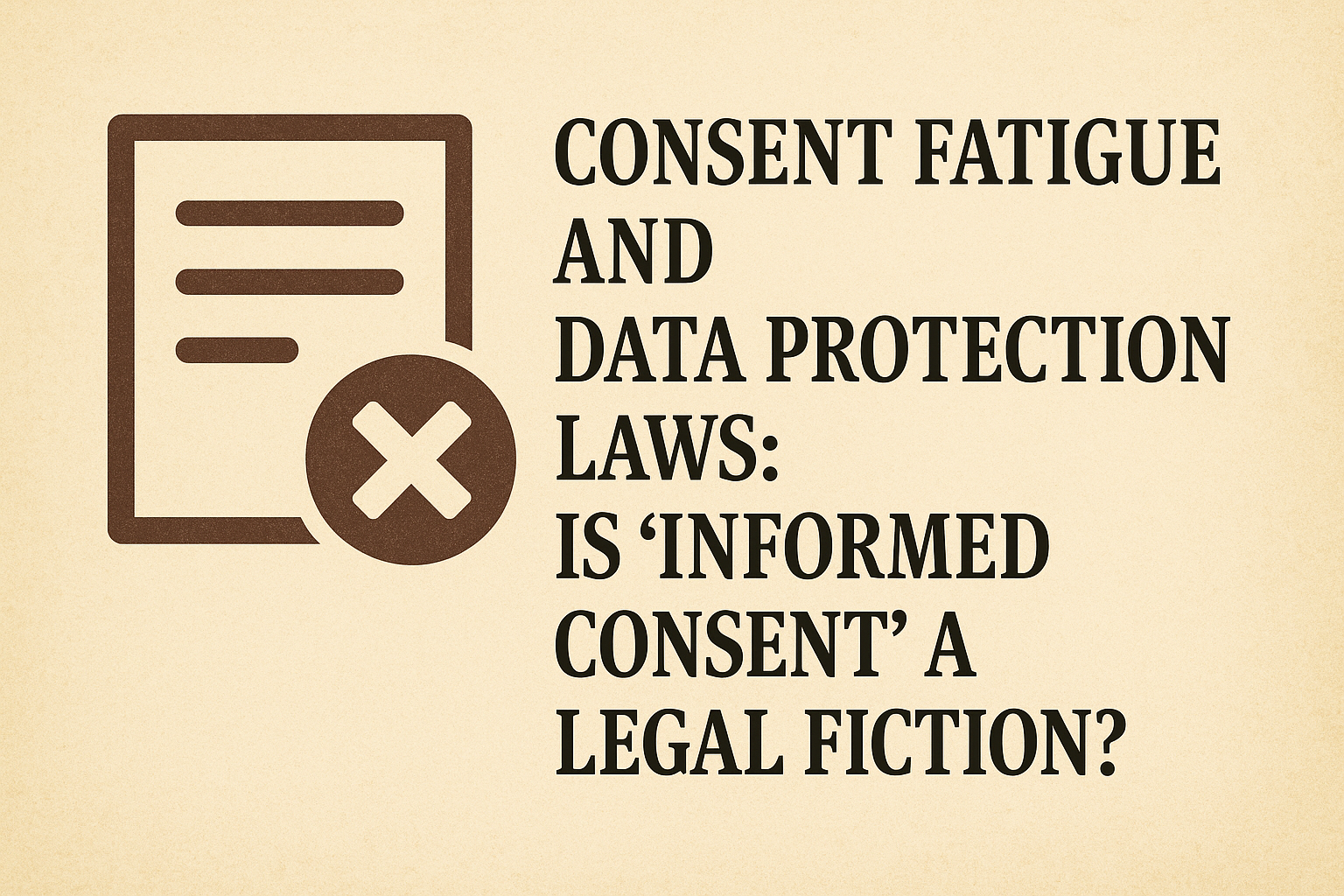As incarceration rates continue to rise globally, many societies
are beginning to question the effectiveness and fairness of traditional
punitive justice systems. The growing recognition of mass incarceration’s
social, economic, and psychological costs has led to increasing interest in
restorative justice—an approach that focuses on healing rather than
punishment. Restorative justice seeks to repair the harm caused by crime
by involving all stakeholders: the victim, the offender, and the community.
Rather than simply punishing offenders through imprisonment, restorative
justice emphasizes accountability, dialogue, and making amends.
Understanding Restorative Justice
At its core, restorative justice asks three essential questions:
Who has been harmed?
What are their needs?
Who is responsible for meeting those needs?
Instead of viewing crime solely as a violation of law,
restorative justice views it as a breakdown in relationships. This model
encourages offenders to take responsibility for their actions, understand the
impact on the victim, and actively participate in repairing the damage done.
Common restorative practices include:
Victim-offender mediation: Facilitated meetings between the victim and the offender to
discuss the harm caused and how it can be repaired.
Community conferencing: Brings together affected parties, including family members, to
collaboratively resolve the aftermath of a crime.
Circle processes: Traditional methods often rooted in Indigenous cultures, where
dialogue is used to build understanding and consensus.
Why Incarceration Isn’t Always the Answer?
While imprisonment is necessary for dangerous or repeat
offenders, it often fails to address the root causes of crime. In many cases,
incarceration leads to:
- Overcrowded prisons and increased public expenditure.
- Higher recidivism rates, as offenders leave prison
without meaningful rehabilitation.
- Disconnection from society, which hinders reintegration.
- Trauma to families and communities, especially in
marginalized groups disproportionately targeted by criminal justice
systems.
- Restorative justice offers a more humane and
constructive alternative, particularly for non-violent offenses, juvenile
cases, and first-time offenders.
Benefits of
Restorative Justice
- Victim Empowerment:
Victims often feel sidelined in traditional court proceedings. Restorative
justice allows them to express how the crime affected them, ask questions,
and play a role in shaping the resolution.
- Offender Accountability and Rehabilitation: Offenders are encouraged to understand the
real-world consequences of their actions and actively participate in
restitution. This can lead to genuine remorse and behavioral change.
- Community Involvement: By involving the community, restorative justice
strengthens social bonds and promotes collective responsibility for
addressing harm.
- Reduction in Repeat Offenses: Studies have shown that restorative justice programs
can lead to lower rates of recidivism compared to traditional
incarceration.
- Cost-Effective:
Restorative practices typically require fewer resources than long-term
incarceration, reducing the financial burden on the justice system.
Challenges and Limitations
While restorative justice shows promise, it is not without
challenges:
- It requires voluntary participation and may not be
suitable in all cases, especially those involving severe violence or power
imbalances.
- Victims may feel re-traumatized if the process is not
handled sensitively.
- Implementation can be inconsistent due to a lack of
trained facilitators or legal frameworks.
- There is often resistance from traditional justice
systems and a lack of political will to adopt alternatives.
Conclusion
Restorative justice is not a one-size-fits-all solution, but it
offers a compelling alternative to the cycle of punishment and incarceration.
By emphasizing healing, accountability, and community support, restorative
practices can transform how we view crime and justice. As societies seek
more equitable and effective responses to criminal behavior, restorative
justice provides a path toward a system that values human dignity, repairs
harm, and promotes lasting peace. Moving forward, legal systems must consider
integrating restorative principles more broadly to create a more compassionate
and effective model of justice.








